Data Science – Quick Start Guide for Machine Learning
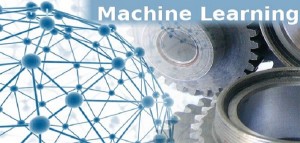
This article represents a very high-level information on different aspects of machine learning with an objective to present a quick-start read/guide for the data science beginners. One could grab one or more books on Machine Learning to learn the subject in detail. Please feel free to comment/suggest if I missed to mention one or more important points. Also, sorry for the typos. Following are the key points described later in this article: What is machine learning? Key phases of machine learning Prediction API model of machine learning What is Machine Learning? Simply speaking, Machine Learning is a set of artifical intelligence techniques which are used to solve one of …
Data Scraping – Top 5 Reasons for using Import.io Tool
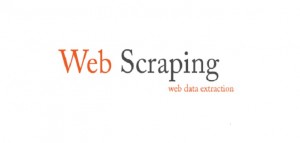
This article represents my thoughts on why one would want to use this web data scraping tool, named as import.io. I must say that I am glad I found this tool for data scraping. Please feel free to comment/suggest if I missed to mention one or more important points. Also, sorry for the typos. Following are the key points described later in this article: Key aspects of Import.io Reasons Why One Must Try Import.io for their next Data Scraping Project Use-cases where Import.io scraping tool could be used Key Aspects of Import.io Tool Import.io is a cloud-based web scraping tool which could act as a boon for those looking …
Data Science – 8 Steps to Perform Regression Analysis using R

This article represents my thoughts on steps that may be required to perform regression analysis (linear or multiple) using R programming language, on a given data set where response variable is primarily a continuous variable. Remember that continuous variables are the ones which could take any numeric data unlike discreet variables which could take only limited set of data. Please feel free to comment/suggest if I missed to mention one or more important points. Also, sorry for the typos. Following are the key steps described later in this article: Load the data Observe the data Clean the data Explore the data visually Fit the linear or multiple regression model …
Data Science – Top 5 Videos to Learn Bayes’ Theorum
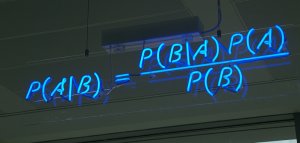
This article represents the top 5 videos that I thought to be great when I was trying to understand Bayes theorum from Youtube channels. Please feel free to comment/suggest if I missed to mention one or more important points. Also, sorry for the typos. Following are top 5 videos that I found quite useful to understand Bayes theorum: Bayes’ Theorum Formula: This one, I liked most. Very short and sweet video which explains about Bayes theorum with a very nice example of economy and stock values in just 6 minutes. For beginners, I would recommend this to be first video to get started with Bayes theorum. Bayes Theorum with …
Learn R – Hello World with R – Code Example
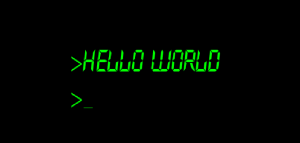
This article represents some of the basic concepts required to be understood to write Hello world using R programming language and, execute the same. Please feel free to comment/suggest if I missed to mention one or more important points. Also, sorry for the typos. Following are the key points described later in this article: Basic Concepts to Write Hello World Function in R Hello World – Code Example Basic Concepts to Write Hello World Function in R Following are some key points to pay attention at, while working Hello World example: R code is written as a set of one or more functions. In R, one could assign a function …
Learn R – How to Get Started with GGPlot – Code Example
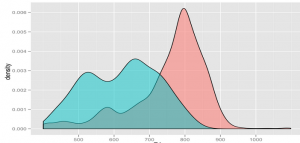
This article represents quick introduction to GGPlot along with key concepts and code examples using R programming language. Please feel free to comment/suggest if I missed to mention one or more important points. Also, sorry for the typos. Following are the key points described later in this article: Quick introduction to GGPlot Installation and loading of GGPlot GGPlot – Key Concepts Quick Introduction to GGPlot ggplot is one of statistical package that facilitates the easy creation of different plots. One of the key concept related to ggplot is that ggplot is built up layer by layer. This means that one could start by initializing the ggplot using ggplot(data) …
Learn R – When to use Histogram, Scatterplot & Boxplot – Code Example

This article represents some facts on when to use what kind of plots with code example and plots, when working with R programming language. Please feel free to comment/suggest if I missed to mention one or more important points. Also, sorry for the typos. Following are the key plots described later in this article: Histogram Scatterplot Boxplot Following is the description for above mentioned plots along with code examples based on base R package. Note that each of the these plots could be done using different commands when using ggplot2 package. Histogram:Histograms is one of the best form of visualizations when working with single continuous variable. It plots the relative …
Architecture – Top 10 Traits of a Software Architect

This article represents my opinion on top 10 traits of a software architect. Recently, I came across a need of my fellow colleague who asked me to take a shot at defining, what would it take for someone to become an architect. The below could be applied to architect in any technologies. Note that the below does not take into account few traits of an enterprise architect. However, I purposely did not include it. Please feel free to comment/suggest if I missed to mention one or more important points. Also, sorry for the typos. Following are the top 10 traits described below: Knowledge of relevant technologies Should demonstrate strong …
AngularJS – Hello World with Angular-Seed – Code Example
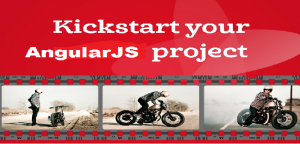
This article introduces Angular-Seed project for AngularJS beginners and, presents a code example along with instructions to get started with Angular-Seed project. Please feel free to comment/suggest if I missed to mention one or more important points. Also, sorry for the typos. Following are the key points described later in this article: What is Angular-Seed project? Pre-requisites for installing Angular Seed Project Install and Configure Angular-Seed Project Hello World – Code Example If you are an AngularJS beginner or have started developing angular apps and, have been wondering about the standard folder structure layout to put your HTML, CSS and JS files, you would want to consider Angular-Seed project. …
Brackets – New Code Editor for Web Development – Worth a Try!
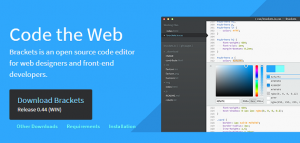
I came across this code editor, Brackets, today morning as I was browsing AngularUI home page and saw the mention under IDE plugins. Brackets is an open-source code editor for the web built using web technologies, primarily Javascript. After spending sometime with it, I found it to be very interesting one. You may want to give it a try. One caution is that there are still some bugs out there. Following are some real cool features why you would love Brackets to start with: Code completion Inline editor Live Preview Language Support Code Completion One cool feature with Bracket is code completion feature. I have not tested with different …
Data Science – 6 Steps to Perform Data Analysis using R

This article represents steps that one could take to perform data analysis on available datasets using data science (machine learning algorithms) with the help of R programming language. The objective of this article is to introduce an approach for data science beginners to get started with data analysis. However, as you get experience you could adopt your own techniques that works for you. These are just my thoughts and there could be better way of approaching data analysis. Please feel free to comment/suggest if I missed to mention one or more important points. Also, sorry for the typos. Following are the key steps which could be taken as a blueprint …
Big Data – Team to Hire for Big Data Practice

This article represents thoughts on Big data team composition and different considerations to make in order to hire and build an effective Big Data team. Please feel free to comment/suggest if I missed to mention one or more important points. Also, sorry for the typos. A Big data team would need to cover following two key areas for becoming an effective team ready to deliver on key Big Data initiatives. Data engineering Data science Data Engineering Team You would want to build a team who plays key role in some of the following areas: Data processing (Hadoop Map/Reduce) Data storage (HDFS/HBase) Data coordination (Zookeeper) Data monitoring/management For above skills, …
Learn R – Different Data Types with Code Examples
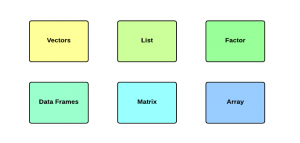
This article represents quick concepts on key data types in R programming language, along with code examples and some good go-to links for further read. For those new to R, I would like to quickly re-iterate that R programming language helps in performing data analysis and, is an integral part of data science as a practice. In other words, it is one of the go-to language/platform for data scientist to work with the data. Please feel free to comment/suggest if I missed to mention one or more important points. Also, sorry for the typos. Following are different data types in R that would be discussed in this article: Vector List Factor …
Big Data – Functional & Technology Architecture for Beginners
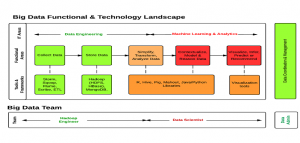
This article represents a view associating functional and technology elements of Big Data reference architecture. The objective of this article is to present a view relating key functional areas in Big Data with relevant technologies. The diagram and related description could be of use to Big Data beginners (developers, architects, business analysts etc) wanting to get a high-level view on functional and technology aspect of Big Data. Please feel free to comment/suggest if I missed to mention one or more important points. Also, sorry for the typos. Following diagram represents the functional and technology landscape view of Big Data. The objective of the diagram below is following: Associate functional areas …
Learn R – What are Vectors – Code Examples

This article represents high level concepts in relation with Vector data type in R programming language along with code samples. For those new to R language, it should be noted that R provides a console-based platform to perform analysis on data. R can be seen as a programming language for data scientist. Please feel free to comment/suggest if I missed to mention one or more important points. Also, sorry for the typos. Following are the key points described later in this article: What are Vectors? Vectors – Code Examples What are Vectors? Vector, in R, can be defined as a collection of things of same data type. Simply speaking, it …
Big Data – Top 6 Frameworks Required to Get Started

This article represents top 6 software frameworks (or tools) to get started with Big Data POC projects. This article may be of interest to those who are beginning with Big Data and want to understand about tools/frameworks required to get started with their Big Data POC projects. The article presents only the bare minimum set of frameworks that are required to get started. I am sure there could be more to this list. However, my objective is to cover only the minimum set. Please feel free to comment/suggest if I missed to mention one or more important points. Also, sorry for the typos. Following are key functional areas in Big Data …
I found it very helpful. However the differences are not too understandable for me